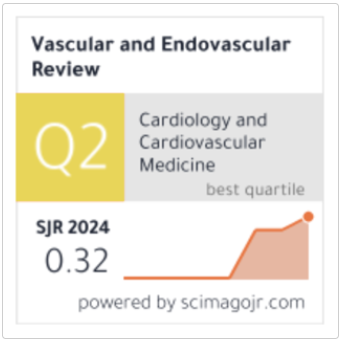Minimizing False Negative Ratio in Automated Diabetic Retinopathy Detection
Keywords:
Deep Learning, Diabetic Retinopathy, Medical Image Analysis, False Negative Reduction, Swin Transformer, CLAHE.Abstract
Diabetic retinopathy stands as one of the most common and severe complications affecting the eyes of people with diabetes, impacting roughly one-third of diabetic adults worldwide. The traditional approach of having ophthalmologists manually examine patients for DR screening proves to be extremely time-consuming, demands significant resources and remains inclined to human inconsistencies, which has created a demand for automated diagnostic tools that can deliver reliable results. This research work presents an automated system designed for multi-class diabetic retinopathy classification through various advanced deep learning methodologies including transfer learning, vision transformers and specifically by combining Contrast Limited Adaptive Histogram Equalization (CLAHE) preprocessing techniques with a fine-tuned Swin Transformer architecture. This methodology employs CLAHE to enhance image contrast during the preprocessing stage, followed by the implementation of the Swin Transformer model that handles feature extraction and classification tasks. The developed system is able to predict the level of Diabetic Retinopathy for five classes, thereby predicting a fundus image for multiclass classification with five classes: No Apparent DR, Mild Non-Proliferative DR, Moderate NPDR, Severe NPDR and Proliferative Diabetic Retinopathy. We utilized multiple datasets for both training and validation phases, conducting thorough evaluation through standard performance metrics including accuracy, recall, specificity and F1-scores. Our proposed model exhibited remarkable performance outcomes, achieving high validation accuracy together with strong recall rates when tested for various datasets. The system delivered outstanding classification performance while remarkably reducing false negative rates, which makes it particularly well-suited for medical screening applications where disease identification in early stage is crucial. The strategic integration of CLAHE preprocessing with the Swin Transformer architecture offers a highly effective solution for automated DR detection. Among various implementations of transfer learning techniques EfficientNetB3 resulted in 94% weighted average recall and 94% accuracy. The proposed model achieved 96% weighted average recall and accuracy for eyePACs dataset and 99% weighted average recall and accuracy for APTOS blindness detection dataset. The model's computational efficiency positions it as a practical option for deployment in screening programs, especially within resource-limited healthcare settings where traditional screening infrastructure and specialized expertise may be scarce or unavailable.








